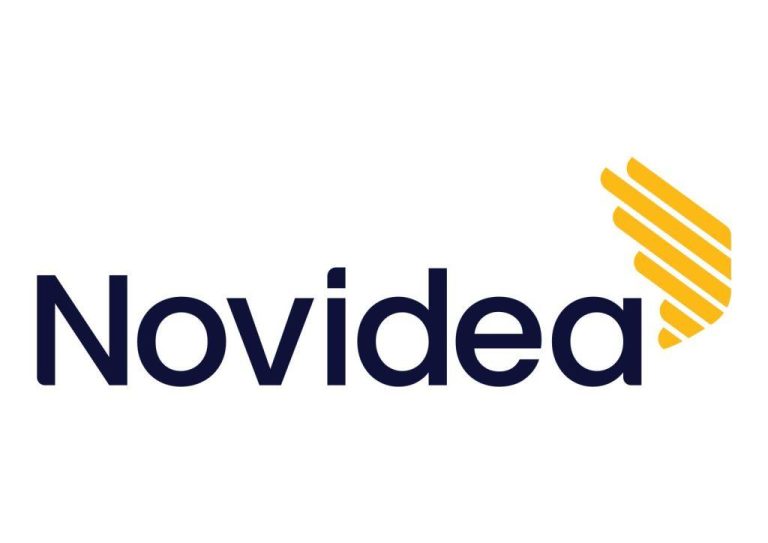
We adhere to strict standards of editorial integrity to help you make decisions with confidence. Some or all links contained within this article are paid links.
At age 65, a $120,000 nest egg isn’t going to produce as much income as you might hope.
Assuming you follow the 4% rule, you’ll only be able to withdraw $4,800 annually ($383 a month) from your retirement savings. — That rule would ensure your nest egg lasts 30 years.
Don’t miss
- I’m 49 years old and have nothing saved for retirement — what should I do? Don’t panic. Here are 5 of the easiest ways you can catch up (and fast)
- Gain potential quarterly income through this $1B private real estate fund — even if you’re not a millionaire. Here’s how to get started with as little as $10
- Car insurance premiums could spike 8% by the end of 2025 — thanks to tariffs on car imports and auto parts from Canada and Mexico. But here’s how 2 minutes can save you hundreds of dollars right now
Add a $1,700 Social Security check to that and you have about $2,000 to cover your stated expenses each month — about $1,900 shy of the $3,900 you need, not including emergency medical bills and expenses.
Factor in taxes, and you’re in trouble. In fact, if you take this much money out of your savings, your money would only last 5 years if your investments earn 7% and you’re in the 22% tax bracket.
You need to figure out another solution. Here are some options.
Increase your income
If your retirement spending needs are higher than your income, consider a part-time job, if not a full-time job.
You can collect Social Security benefits while you’re working, but if you haven’t hit the full retirement age of 67, the government can claw back your benefits. In 2025, you’ll lose $1 in benefits for every $2 earned above $23,400 if you won’t reach FRA all year.
The good news is that if you earn too much and lose some or all of your Social Security benefits, this is temporary. Your payment will be recalculated after you hit full retirement age.
So, working can help you in two ways, by providing you with a livable income, and potentially giving your Social Security benefits a boost when you reach full retirement age.
If you’re a homeowner you may be able to tap into your home equity to generate cash flow — for example, through a home equity loan or even selling your home and downsizing, then investing the difference.
With home values higher than ever, you can make your home work harder for you by making the most of your equity. The average homeowner sits on roughly $311,000 in equity as of the third quarter of 2024, according to CoreLogic.
Having access to your home equity could help to cover unexpected expenses, pay substantial debt, fund a major purchase like a home renovation or supplement income from your retirement nest egg.
Rates on HELOCs and home equity loans are typically lower than APRs on credit cards and personal loans, making it an appealing option for homeowners with substantial equity.
Unlock great low rates in minutes by shopping around. You can compare real loan rates offered by different lenders side-by-side through LendingTree.
Just answer a few simple questions, and LendingTree will match you with up to 5 lenders with low rates today.
Investments that pay dividends can also help you to add a much-needed boost to your monthly income, but you should also consider investing outside of the stock market to spread your risk.
With only $120,000 in savings, you may assume investing in the stock market is out of the question, but with Arrived you can tap into this market by investing in shares of vacation homes or rental properties.
Rental income can provide a steady cash flow in retirement, potentially giving you a passive income stream. Plus, Arrived lets you benefit from the hot real estate market without the hassle that comes with being a landlord of your own rental property.
To get started, simply browse their selection of vetted properties, each picked for its potential appreciation and income generation. Once you choose a property, you can start investing with as little as $100, potentially earning quarterly dividends.
One income source that many overlook is making their essential spending go further. With Acorns, you can automatically invest spare change from your everyday purchases into a diversified portfolio of ETFs managed by experts at leading investment firms like Vanguard and BlackRock.
For example, if you buy a donut for $3.25, Acorns will round up the purchase to $4 and invest the change in a smart investment portfolio. So a $3.25 purchase automatically becomes a 75-cent investment in your retirement fund.
Sign up today and get a $20 bonus investment.
Read more: Want an extra $1,300,000 when you retire? Dave Ramsey says this 7-step plan ‘works every single time’ to kill debt, get rich in America — and that ‘anyone’ can do it
Reduce your spending
Cost-cutting will be essential if a job is out of the question and you can’t dip into home equity or generate additional income.
Some people manage to get by on Social Security alone, but it means a less comfortable, more frugal lifestyle in retirement. The Social Security Administration reports that 39% of American men and 44% of American women get at least half their income from Social Security.
Meanwhile, for the 12% of men and 15% of women who count on Social Security to provide 90% or more of their income — not ideal as the benefits are intended to replace 40% of pre-retirement income — it can be hard to make the numbers work.
If you have to survive on Social Security, cost-cutting may be easier if you make one or two big changes, like moving to a cheaper place rather than reducing lots of discretionary spending. One big cut can be easier to sustain than many small cuts.
One great place to trim your spending is on your transportation costs. According to the American Automobile Association (AAA), the total cost of owning and operating a new vehicle in 2025 has climbed to around $12,297 per year — or $1,024.71 per month.
Insurance can make up a sizable chunk of this monthly expense. According to Forbes, the national average cost for full-coverage car insurance in 2024 was $2,149 per year (or $179 per month). However, rates can vary widely depending on your state, driving history and vehicle type.
Shopping around for better rates can cut down your costs. With OfficialCarInsurance.com, you can instantly compare quotes from multiple insurers, such as Progressive, Allstate and GEICO.
In just two minutes, you could find rates as low as $29 per month.
Get expert advice
Consider working with a financial advisor to explore all your options and help you make the right decisions going forward. An advisor can help with your budgeting and may even identify potential income sources you’ve missed.
Advisor.com can help you find someone that’s right for you.
This online platform connects you with vetted financial advisors in minutes. How it works is easy: Just answer a few quick questions about yourself and your finances, and the platform will match you with a financial advisor best suited to helping you make your money last in retirement.
From here, you can view their profile, read past client reviews and schedule an initial consultation for free with no obligation to hire.
What to read next
- Thanks to Jeff Bezos, you can now become a landlord for as little as $100 — and no, you don’t have to deal with tenants or fix freezers. Here’s how
- Here are 5 ‘must have’ items that Americans (almost) always overpay for — and very quickly regret. How many are hurting you?
- Trump warns his tariffs will spark a ‘disturbance’ in America — use this 1 dead-simple move to help shockproof your retirement plans ASAP
This article provides information only and should not be construed as advice. It is provided without warranty of any kind.


